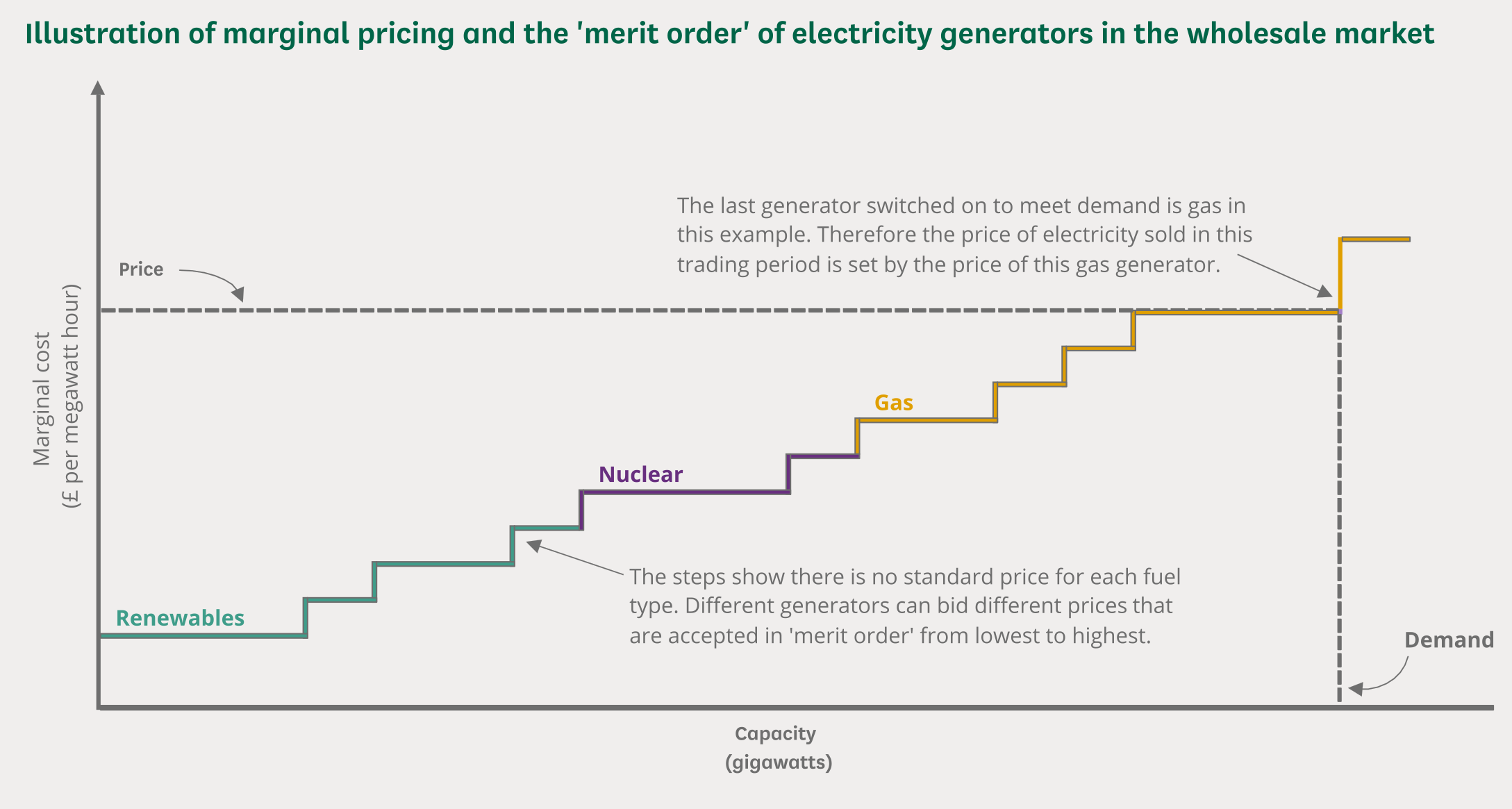Nearly half of the UK’s energy is already from renewables - why are bills so high?
Share:
The UK’s electricity is still set by the cost of gas, even if it’s generated by renewables. A quarter of the UK’s power comes from fossil fuels, namely gas. The remaining power comes from nuclear (13 per cent), biomass, such as food and agricultural waste (4 per cent), and around 10 per cent from interconnections to other countries.
![[Hywind Scotland was the world’s first commercial wind farm using floating wind turbines. As of March 2024, some 15.4 GW of energy in Scotland came from renewables. (Equinor)]](https://static.independent.co.uk/2022/12/08/00/Offshore_Wind_Auction_58877.jpg)
Yet the UK’s reality is far more complicated. There are a few key reasons for this. The capacity of renewables is still not high enough to meet all demand. The high upfront costs of building renewable energy infrastructure also drive up prices, as businesses recover their investment.
![[Energy secretary Ed Miliband has increased the budget to support new renewable energy schemes]](https://static.independent.co.uk/2024/07/31/11/811539064c26cea8896570a0b0bcff75Y29udGVudHNlYXJjaGFwaSwxNzIyNDMyNTI1-2.76747058.jpg)
The biggest driver of high electricity prices, however, is the UK’s marginal pricing model, which means that electricity prices are mostly dictated by gas prices. The model means that the price for electricity is based on the most expensive source which was used to meet energy demand across the UK, set at intervals of every half hour.
If both gas and renewables have been used in any half-hour period, the more expensive (gas) price will always be set overall, regardless of whether renewables made up the larger proportion. Bob Hope, policy director at the LSE Grantham Research Institute on Climate Change and the Environment, explained to The Independent: “The cost of generating electricity is different for each supplier, and so the price the network pays, and then passes on to consumers, is set by the most expensive of the electricity suppliers that is required to ensure all of the demand is met. This is the marginal price and every supplier (whether they are gas or renewable) receives it, regardless of how much it costs them to supply the electricity.”.






















